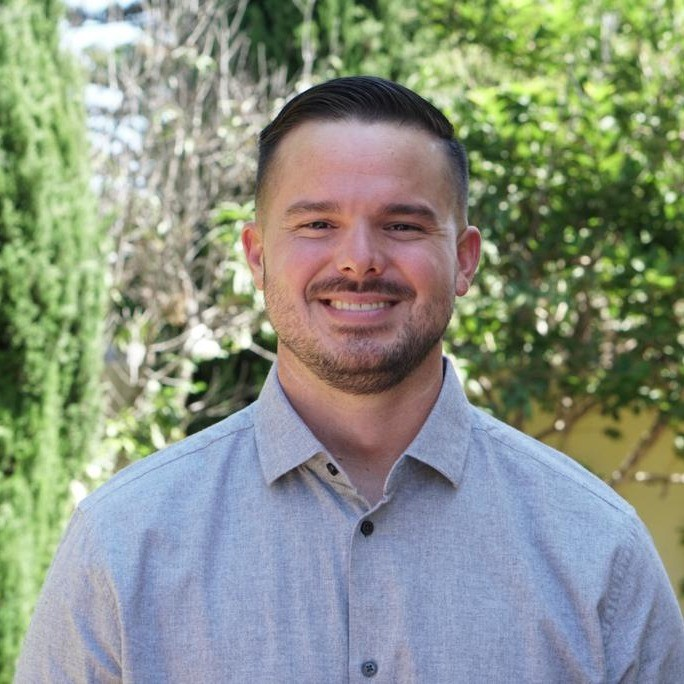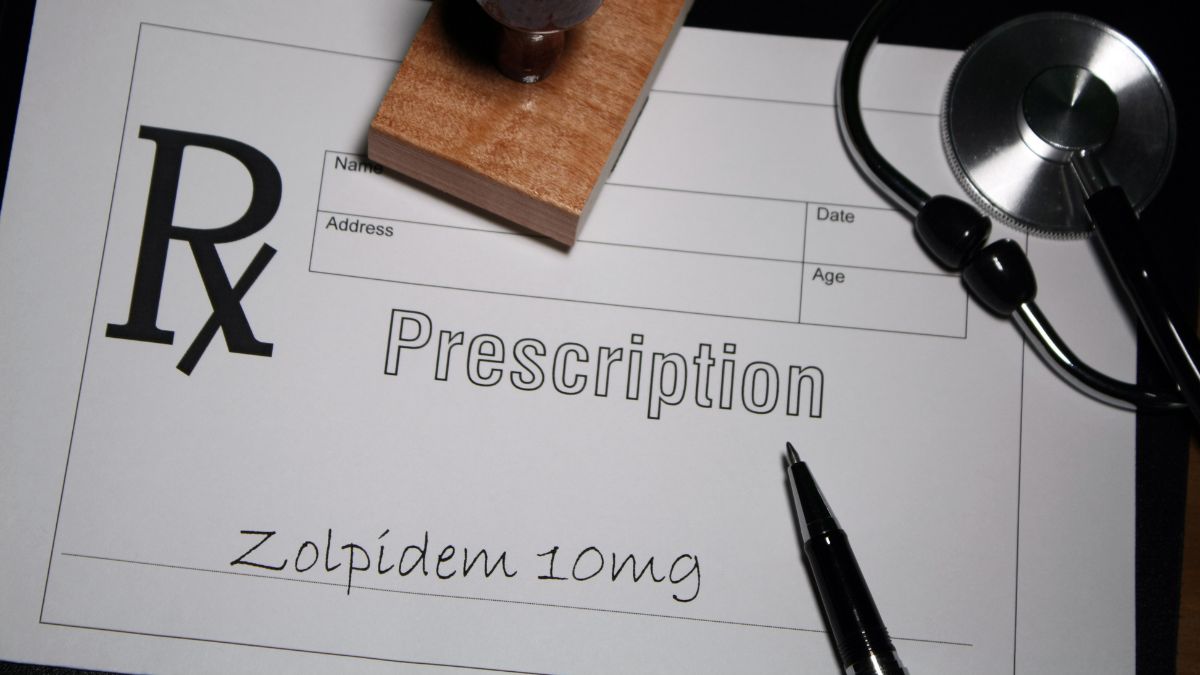Sober living facilities (homes or apartments) are substance-free environments for you to establish and develop a recovery-oriented lifestyle. It is ideal for those who have completed residential or outpatient rehabilitation (rehab) but still need a bit of structure and support as they transition back to independent living. To give you a glimpse into what sober living facilities will look like:
- A substance-free living environment.
- Communal living with others on a similar path to recovery.
- Strict adherence to house rules, such as maintaining abstinence, doing daily chores, attending daily meetings, observing curfew, and more.
- Participation in peer recovery meetings, like Alcoholics Anonymous or Narcotics Anonymous.
Now that you know what sober living facilities more or less entail and how they can support your recovery, let us look into one of the biggest questions everybody has in their mind - how and who pays for sober living homes.
Understanding the Cost of Sober Living Homes
When your rehab ends, your personalized aftercare plan will be put into action. An aftercare plan is one of the most crucial aspects of your recovery, as it allows you to maintain the recovery you have worked so hard toward. Sometimes, this plan might have you stay in a sober living environment. It is a fact that transitioning from rehab to everyday life can be quite challenging, so receiving structure, social support, and ongoing care allows you to adjust to a daily lifestyle rather than going back to your old, familiar environment - rife with the same triggers and temptations of the past.
But here is the thing that might play on your mind - how much does sober living cost, really! Well, there is no straightforward answer to this; it depends on several factors - from your location to whether the sober living home is basic or high-end. In fact, rent charges may also change due to property value fluctuations, and some sober living homes can charge you more than just rent - like water, electricity, trash, transportation, internet services, and so on.
So, basically, how much does sober living cost? Typically, it ranges between $500 to $5,000 per month.
Call Design for Recovery to Begin Your Healing Journey!
Reach out to our team to discuss sober living options and next steps toward a healthier routine.
Does Insurance Cover Sober Living Expenses?
It is obvious that you must consider insurance as one of the foremost payment options for your sober living facility - whatever you choose. But, typically, sober living costs are not covered by insurance. While reforms in the behavioral healthcare area, like the Affordable Care Act in the U.S., consider your behavioral and mental health to be one of the essential health benefits, they only require your insurance to cover your rehab costs. However, sober living facilities extend beyond rehab, so insurance companies are not required to cover this. The same goes for Medicare and Medicaid policies.
However, certain insurance policies may offer some extent of coverage for sober living expenses. You will have to verify this with your insurance provider. But in general, does insurance cover sober living? Then, the answer is no.
Common Payment Methods for Sober Living
Without insurance coverage, we understand how challenging it can be to pay for sober living. But do not worry; there are more ways to pay the rent and other fees during your stay at a sober living home. Some of them are:
Personal or Borrowed Money:
You can look into your savings or borrow money from your loved ones for sober living expenses. Furthermore, in sober living homes, you will also learn better financial management skills to craft a perfect repayment plan.
Government Assistance:
Some limited government assistance can also be available for those looking to avail themselves of the services of a sober living home. In some regions, your rental assistance can also cover sober living costs.
Loans:
You can take a loan from a bank or a private lender that specializes in substance use care services to fund your stay at a sober living home. As sober living homes teach you extremely useful vocational skills, you can pay your loan back as soon as you find a job.
When you Google “sober living near me” during your recovery, you might often wonder whether it is worth it. It is. Every penny you invest into sober living can only benefit your sobriety. In doing so, it allows you to save expenses on relapse or future substance use. Substance use is costlier than sober living at the end of the day. Furthermore, sober living increases your chances of sobriety by nearly 70%! So, as you can see, you can tell that you stand to gain so much by entering a sober living home.
Contact Design for Recovery Today!
Fill out our quick form to connect with a peer mentor and learn how our sober living community supports accountability, structure, and personal growth in recovery.
Alternatives to Pay for Sober Living: Scholarships and Assistance Programs
If none of the abovementioned payment options are working out for you, then there are grants, scholarships, and assistance programs you can consider as well.
For instance, SAHMSA (Substance Abuse and Mental Health Services Administration) offers programs for those who need financial assistance with sober living by giving formula grants to states via the Substance Abuse Prevention and Treatment Block Grant (SABG) program. You can learn more from their grants page here.
Other grants and scholarships are:
- Projects for Assistance in Transition from Homelessness (PATH) - It provides sober living assistance for homeless persons dealing with substance use issues.
- Community Mental Health Services Block Grant (MHBG) - It focuses on arranging funds for those needing to enter sober living.
- CLEAN Cause Foundation - It runs a recovery housing scholarship program for those in early recovery.
- bold.org - It provides scholarship programs for college-level students entering sober living programs.
Moreover, you can just search the internet for the different grant and scholarship programs available. Remember, you need to be eligible for these grants and scholarships to avail yourself of their benefits as well.
But if grants and scholarships do not work out for you, then you can look into some alternative payment options like:
- Community Support - You can reach out to your community resources. You will be connected with them as part of the case management services you get during your rehab, so it will not be an extra hassle for you.
- Non-Profit Organizations - You can also look into non-profit organizations that specialize in substance use concerns to fund your sober living costs.
- Crowdfunding or Fundraising - You can try innovative methods like using GoFundMe or Kickstarter platforms where you or your loved one can raise money for you to fund your sober living stay.
Tips for Affording Quality Sober Living Without Breaking the Bank
If you are wondering how you can find affordable, quality sober living without breaking the bank, then here are some tips for you:
- Basic sober living homes with basic amenities will cost much less than high-end ones. So, stick to the more affordable ones.
- Prioritize financial management skills. Oftentimes, you might prioritize sobriety during rehab but focus on the financial management skills provided to you as well.
- Create a budget - identify the areas where you can save and invest in sober living.
How to Find Sober Living Near Me?
If you are looking for a top-quality sober living home near you, then Design For Recovery is here for you. We provide substance-free, structured sober living homes - complete with round-the-clock clinical expertise and an understanding community. We seek to meet you wherever you are in your recovery to provide personalized services.
Do not hesitate to reach out to us today! We are just a call away.
- Understanding the Cost of Sober Living Homes
- Does Insurance Cover Sober Living Expenses?
- Common Payment Methods for Sober Living
- Alternatives to Pay for Sober Living: Scholarships and Assistance Programs
- Tips for Affording Quality Sober Living Without Breaking the Bank
- How to Find Sober Living Near Me?
Begin Lasting Sobriety Now!
Frequently Asked Questions
Typically, sober living costs range from $500 to $5,000 per month.
Sober living homes can be paid with personal or borrowed money, government assistance, and loans.
No, sober living is not generally covered by insurance.
Yes, there are financial assistance options for sober living. You can look into SAHMSA grants and Google other such programs in your region.
By creating a budget, you will know the funds you have and where you can save so that you can invest in your sober living.
https://www.samhsa.gov/grants
https://www.samhsa.gov/communities/homelessness-programs-resources/grants/path
https://www.samhsa.gov/grants/block-grants/mhbg
https://www.cleancause.org/
https://bold.org/
https://americanaddictioncenters.org/insurance-coverage/sober-living
https://americanaddictioncenters.org/blog/benefits-of-sober-living-homes







Written By
David Beasley